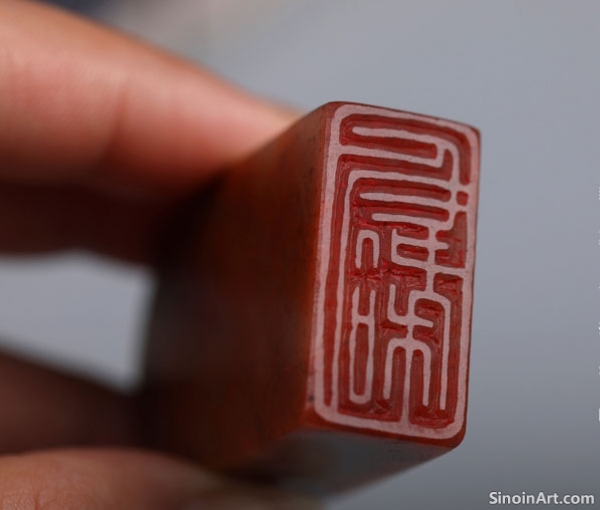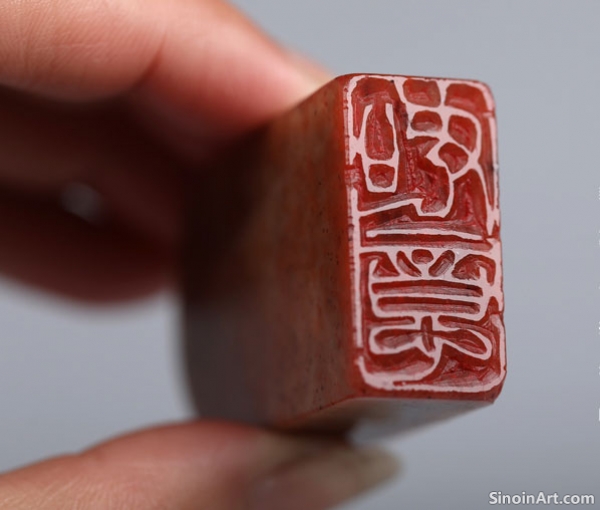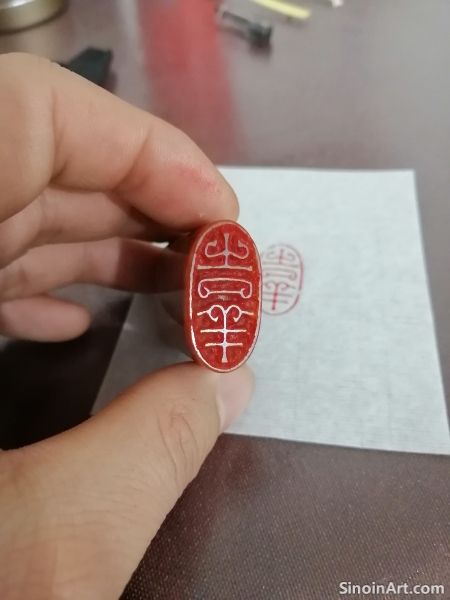Collecting Leisure Seals: Understanding Artistic and Cultural Value
|
Collecting leisure seals is a rewarding pursuit for those passionate about Chinese art and culture. However, it is important to approach the process with knowledge, discernment, and an understanding of the factors that contribute to the value and authenticity of these objects. It is important to learn about both artistic and economic value.  When evaluating a leisure seal, several factors must be considered. The quality of the carving, the artistic merit of the design, the cultural significance of the inscription, and the provenance of the piece all contribute to its value. Understanding the different factors will help to develop an informed collecting practice.  The provenance of a leisure seal, or its history of ownership, can be just as important as the piece itself. Knowing who created a seal, who owned it, and its historical context can significantly increase its value and cultural significance. Provenance can be one of the most important factors in assessing a seal.  Rarity is another significant factor affecting the value of leisure seals. Seals made from rare materials, created by well-known artists, or featuring unique inscriptions tend to be more highly prized. Identifying and assessing rarity will make a collector more informed and effective. Collectors should also be aware of the possibility of encountering forgeries in the market. Understanding the traits and techniques used by forgers will help in assessing the authenticity of pieces. Collectors should also take care to understand the provenance and history of the items they collect. Collecting leisure seals is not merely about acquisition; it is a journey into the world of Chinese art and culture. By understanding the artistic value, cultural significance, and market dynamics of leisure seals, collectors can build meaningful collections and contribute to the preservation of this unique art form. Collectors also have a responsibility to care for these objects, and to maintain their historical and cultural value. |
Tag : Collecting Leisure Seals, Xian Zhang Art, Seal Collection, Art Collecting Tips, Seal Authenticity
Related information
- The Significance of Red: The Vermilion Ink in Seal Impressions
- The Tools of the Trade: Seal Carving Equipment Explained
- The Philosophy of Seal Carving: More Than Just Art
- Collecting Chinese Seals: A Guide for Enthusiasts
- Materials Used for Studio Seals: From Stone to Jade and Beyond
This article explores the significance of the color red, specifically vermilion ink, in Chinese seal carving, highlighting its symbolism of prosperity, authority, and personal identity.
Discover the specialized tools used in Chinese seal carving, from knives and chisels to files and brushes. Learn about their purpose and how they contribute to the creation of these miniature artworks.
This article explores the philosophical underpinnings of Chinese seal carving, examining its connection to Daoism, Confucianism, the concept of yin and yang, and the practice of meditative creation.
Learn about collecting Chinese seals. This guide covers key aspects like materials, carving styles, historical context, and how to start your own collection.
This article explores the diverse range of materials used in the creation of studio seals, including different types of stones, jade, and other less common materials, examining their aesthetic qualities and practical advantages.